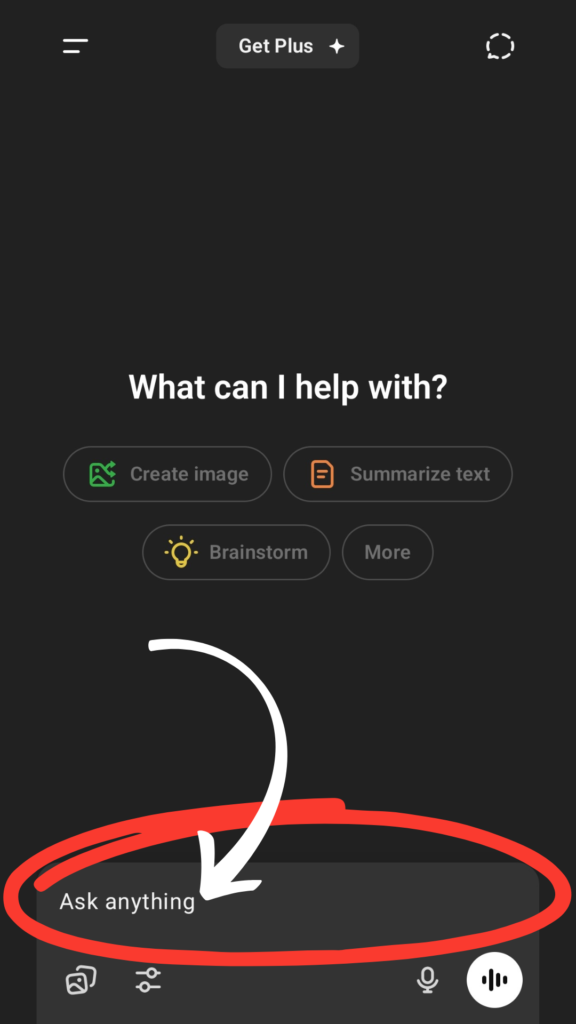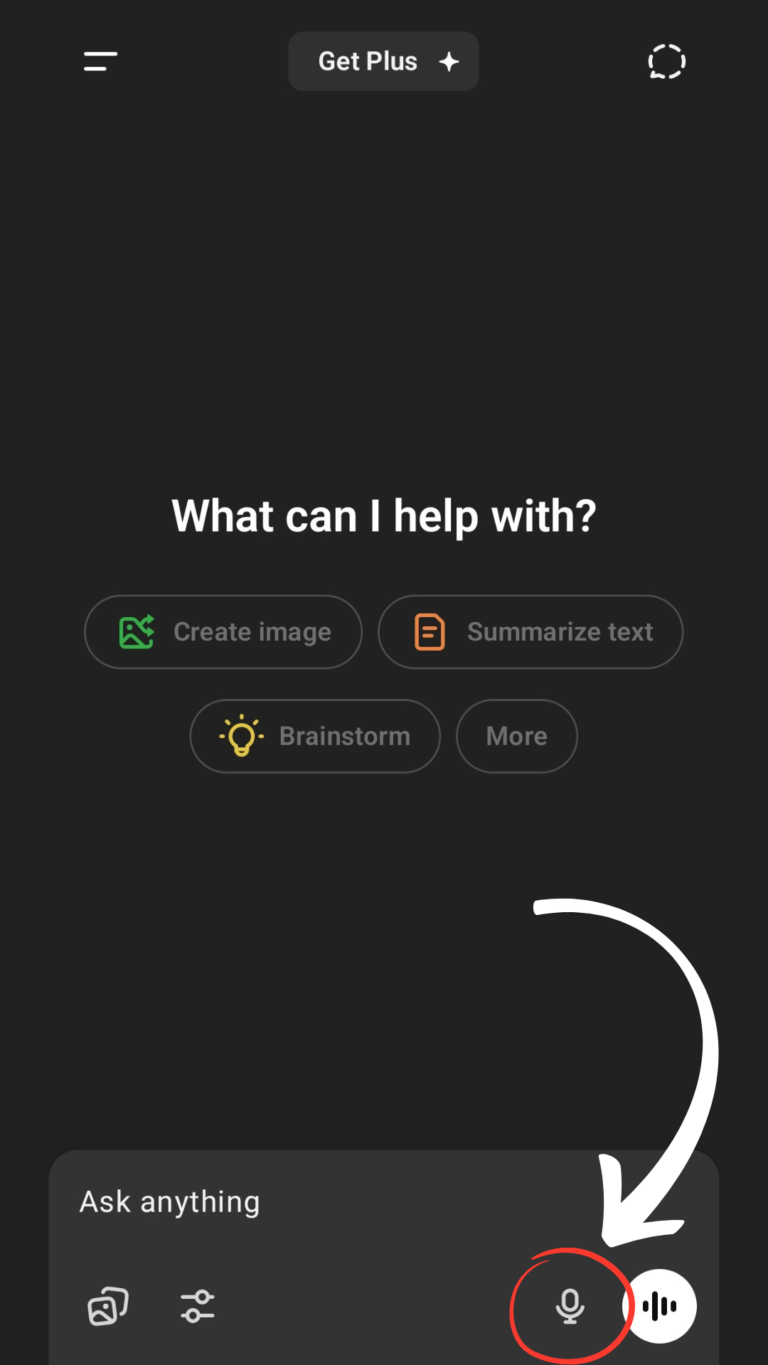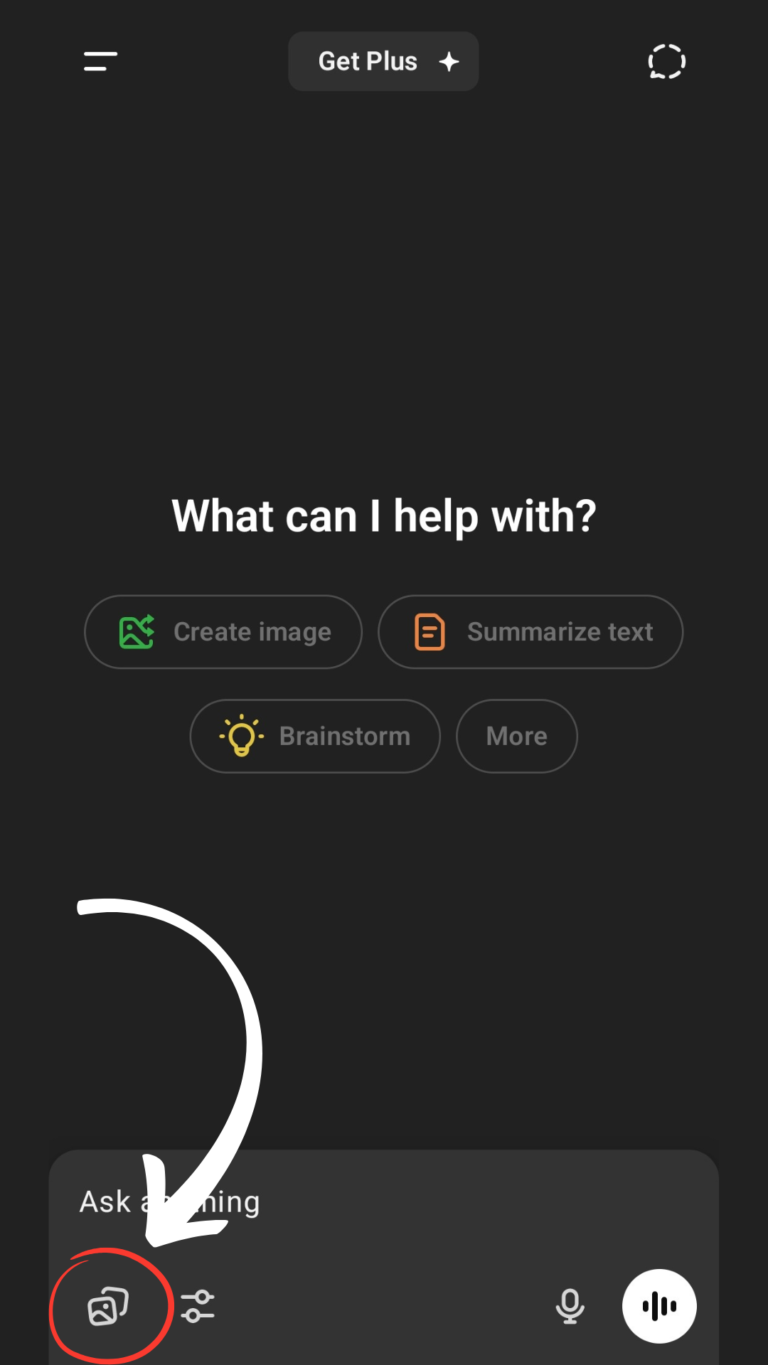How to Study For CLAT with ChatGPT ?

Index
- Introduction – Using ChatGPT To Boost Prep For CLAT.
- How To Use ChatGPT Input Methods For CLAT Prep.
- Examples For Using ChatGPT Prompts For CLAT Subjects.
- Practice Using AI & Prompting With Google AI Chatbot.
- Conclusion
- FAQs.
- Related Articles.
Ace the CLAT with Your AI-Powered Study Partner: ChatGPT
Preparing for the CLAT (Common Law Admission Test) requires mastering multiple sections including English, Current Affairs, Legal Reasoning, Logical Reasoning, and Quantitative Techniques. While coaching classes and standard books provide a solid foundation, ChatGPT AI can offer a 360-degree personalized learning experience.
From clearing doubts instantly and explaining legal principles to summarizing editorial content and generating practice questions, ChatGPT functions like your own private law mentor. Combined with your study material, it enhances comprehension, saves time, and helps you study smarter.
I started on a fast track with AI when ChatGPT was released in November 2022. Every day, I leverage Google Gemini to build skills and conquer new challenges. My personal journey, including creating this website, proves AI’s effectiveness. AI can truly support you in your studies and skill development.
Let’s see how ChatGPT can be your support system for conquering the CLAT exam.
How Can ChatGPT Help with CLAT Preparation ?
- Get clear answers and explanations for questions on Logical Reasoning, Quantitative Techniques, or any other CLAT subject.
- Easily discover helpful videos and books online to deepen your understanding of CLAT topics.
- Access sample papers and practice material made just for the CLAT exam to boost your confidence.
- Get expert help finding images, statistics, and all the material you need for your projects.
And so much more! Everything you need for your CLAT prep is right here.
Ready to Learn how to study anything in your CLAT syllabus with the help of OpenAI's powerful tool ChatGPT ?
All You Need is
- Your notes or your text book
Before you start, you need access to ChatGPT. You can either download the app or use it on your browser:
On mobile (iOS or Android):
Download ChatGPT from the App Store
Download ChatGPT from Google PlayOn browser:
Visit ChatGPT on web
Create a free account or log in.
- Read this article to learn how
That’s All you need to make yourself a tutor ready to answer all your questions, at anytime for FREE !!!
And remember to share this article with anyone you think may need it.
How To Use ChatGPT Input Method's For CLAT
1. Text Prompts

Type your questions related to any section of the CLAT exam. You can ask for explanations, summaries, reasoning techniques, or even daily GK updates.
Prompt Example:
“Explain the difference between Article 14 and Article 19 of the Indian Constitution in simple words.”
2. Voice Input

Use voice input to ask questions or get quick revisions while on the go. Ideal for current affairs, vocabulary, or legal definitions.
Voice Prompt:
“Define mens rea and give one example relevant to Indian law.”
3. Image Input

Upload snapshots of passages, charts, legal texts, or comprehension questions. ChatGPT can interpret visuals and explain them clearly.
Image Use Case:
Upload a newspaper editorial and ask: “Summarize this in 5 bullet points for CLAT Current Affairs.”
Examples For Using ChatGPT Prompts For CLAT Preparation.
Example 1: CLAT - English Section
“What is the meaning of the idiom ‘cut corners’? Use it in a sentence and explain how it may appear in CLAT.”
Your ChatGPT Text Prompt
“Explain the idiom ‘cut corners’ with meaning, example sentence, and relevance for CLAT exam.”
How ChatGPT Will Answer (Like a Personal Tutor):
ChatGPT currently supports 20 Indian languages. Some are - Hindi, Bengali, Gujarati, Kannada, Malayalam, Marathi, Tamil, Telugu, and Urdu.
Click to enlarge.
Example 2: CLAT - Legal Reasoning
“If a person finds a lost item in a public place and keeps it without reporting, has any legal wrong occurred?”
Your ChatGPT Text Prompt
“Use basic legal reasoning to analyze whether keeping a lost item without reporting is a legal wrong, with IPC reference.”
How ChatGPT Will Answer (Like a Personal Tutor):
ChatGPT currently supports 20 Indian languages. Some are - Hindi, Bengali, Gujarati, Kannada, Malayalam, Marathi, Tamil, Telugu, and Urdu.
Click to enlarge.
Example 3: CLAT - Logical Reasoning
“A statement followed by two assumptions:
Statement: ‘Government should ban diesel vehicles to reduce air pollution.’
Assumptions:
Diesel vehicles cause air pollution.
Banning them will reduce pollution.
Which assumptions are valid and why?”
Your ChatGPT Text Prompt
“Solve this assumption-based logical reasoning question step by step, explaining why each assumption is valid/invalid.”
How ChatGPT Will Answer (Like a Personal Tutor):
ChatGPT currently supports 20 Indian languages. Some are - Hindi, Bengali, Gujarati, Kannada, Malayalam, Marathi, Tamil, Telugu, and Urdu.
Click to enlarge.
Practice and Perfect Your Prompts with Our AI Tutor (Powered By Gemini)
How It Works –
- Choose Your Course: Select the subject you want to practice.
Get Your Question: Our AI will ask you a question from the official syllabus.
Write Your Prompt: Try to get the answer by writing the best prompt you can.
Receive Instant Feedback: The AI will provide the correct answer and review your prompt, giving you tips to make it better.
AI Study Assistant
Your AI-Powered Path to CLAT Success
The CLAT exam tests understanding, interpretation, reasoning, and awareness—skills that go beyond memorization. ChatGPT, when combined with regular books and mock tests, becomes a powerful tool for smarter preparation. It offers:
Clear explanations of legal and logical principles
Daily support for current affairs and vocabulary
Custom practice and real-time feedback
Whether you’re revising on your phone, solving legal case studies, or brushing up your GK, ChatGPT can act as your personal law prep assistant—anytime, anywhere.
Start your journey toward NLUs with a modern edge—ask your first CLAT question to ChatGPT today!
Written By
Prateek Singh.
Last Updated – August, 2025
About The Author
Prateek Singh believes the best way to learn is to get your hands dirty. He went from talking to customers in sales to building the online platforms they use. IndiaShouldKnow.com is his way of sharing that practical, hands-on knowledge with you.
FAQs For Using AI.
Q: Can I trust every answer an AI tool gives me for my studies?
A: No, you should not trust every answer completely. Think of an AI as a super-smart assistant that has read most of the internet—but not every book in the library is accurate.
AI can sometimes make mistakes, misunderstand your question, or use outdated information.
It can even “hallucinate,” which means it confidently makes up an answer that sounds real but is completely false.
Rule of Thumb: Use AI answers as a great starting point, but never as the final, absolute truth. Always double-check important facts.
Q: How can I verify the information I get from an AI for my academic work?
A: Verifying information is a crucial skill. It’s like being a detective for facts. Here are four simple steps:
Check Your Course Material: Is the AI’s answer consistent with what your textbook, lecture notes, or professor says? This is your most reliable source.
Look for Reputable Sources: Ask the AI for its sources or search for the information online. Look for links from universities (.edu), government sites (.gov), respected news organizations, or published academic journals.
Cross-Reference: Ask a different AI the same question, or type your question into a standard search engine like Google. If multiple reliable sources give the same answer, it’s more likely to be correct.
Use Common Sense: If an answer seems too perfect, too strange, or too good to be true, be extra skeptical and investigate it further.
Q: What is the difference between using AI for research and using it to plagiarize?
A: This is a very important difference. It’s all about who is doing the thinking.
Using AI for Research (Good ✅):
Brainstorming topics for a paper.
Asking for a simple explanation of a complex theory.
Finding keywords to use in your library search.
Getting feedback on your grammar and sentence structure.
You are using AI as a tool to help you think and write better.
Using AI to Plagiarize (Bad ❌):
Copying and pasting an AI-generated answer directly into your assignment.
Asking the AI to write an entire essay or paragraph for you.
Slightly rephrasing an AI’s answer and submitting it as your own original thought.
You are letting the AI do the thinking and work for you.
Q: How can I use AI ethically to support my learning without violating my school's academic honesty policy?
A: Using AI ethically means using it to learn, not to cheat. Here’s how:
Know the Rules: First and foremost, read your school’s or professor’s policy on using AI tools. This is the most important step.
Be the Author: The final work you submit must be yours. Your ideas, your structure, and your arguments. Use AI as a guide, not the writer.
Do the Heavy Lifting: Use AI to understand a topic, but then close the chat and write your summary or solve the problem yourself to make sure you have actually learned it.
Be Transparent: If you used an AI in a significant way (like for brainstorming), ask your professor if you should mention it. Honesty is always the best policy.
Q: Can an AI's answer be biased? How can I detect this in its responses?
A: Yes, an AI’s answer can definitely be biased. Since AI learns from the vast amount of text on the internet written by humans, it can pick up and repeat human biases.
Here’s how to spot potential bias:
Look for Opinions: Does the answer present a strong opinion as a fact?
Check for One-Sidedness: On a topic with multiple viewpoints (like politics or economics), does the AI only show one side of the argument?
Watch for Stereotypes: Does the answer use generalizations about groups of people based on their race, gender, nationality, or other characteristics?
To avoid being misled by bias, always try to get information from multiple, varied sources.
Q: Is it safe to upload my personal notes, research papers, or assignments to an AI tool?
A: It is best to be very careful. You should not consider your conversations with most public AI tools to be private.
Many AI companies use your conversations to train their systems, which means employees or contractors might read them.
There is always a risk of data breaches or leaks.
A Simple Safety Rule: Do not upload or paste any sensitive information that you would not want a stranger to see. This includes:
Personal identification details.
Confidential research or unpublished papers.
Your school assignments before you submit them.
Any financial or private data.
Related Articles
Sign Up for Our Newsletter To Learn More About the Latest In AI And Learn How To Use It.
Unlock your learning potential and stay ahead in the age of AI! Join the IndiaShouldKnow.com newsletter to discover how to seamlessly integrate AI into your studies for school, entrance exams, college courses, for your Career and Life. Plus, get the latest insights on cutting-edge AI tools that can empower your career and enrich your life. Subscribe now for monthly updates.



